Six
STILL
HERE AND
GOING
STRONG
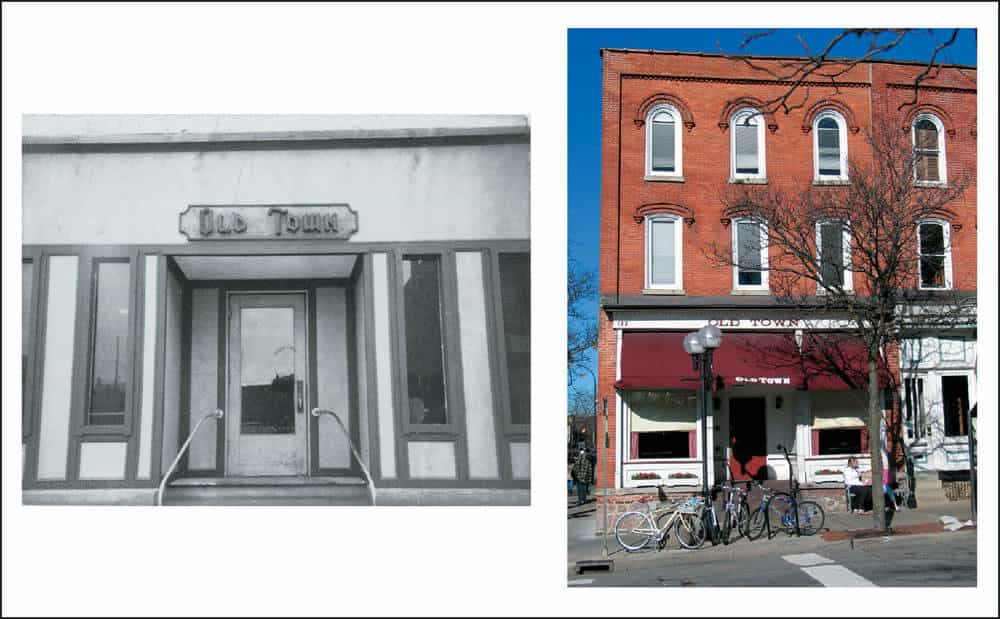
MY
KIND OF
TOWN
.
There is good bar karma when a place has been serving guests since 1898. Jerry Pawlicki bought Merkel’s Friendly Corner in 1972 and started building up the Old Town by constructing the bar, tables, and cabinets. Early on, the bar opened at 6:00 a.m. for third-shift factory workers. Now, all walks of west siders come to hear music and eat burgers and gourmet grilled cheese. The Chenille Sisters started singing here. Now Jerry’s sons Chris and Steve carry on dad’s good ideas. (Above left, courtesy of the Ann Arbor District Library.; above right, authors’ collection.)
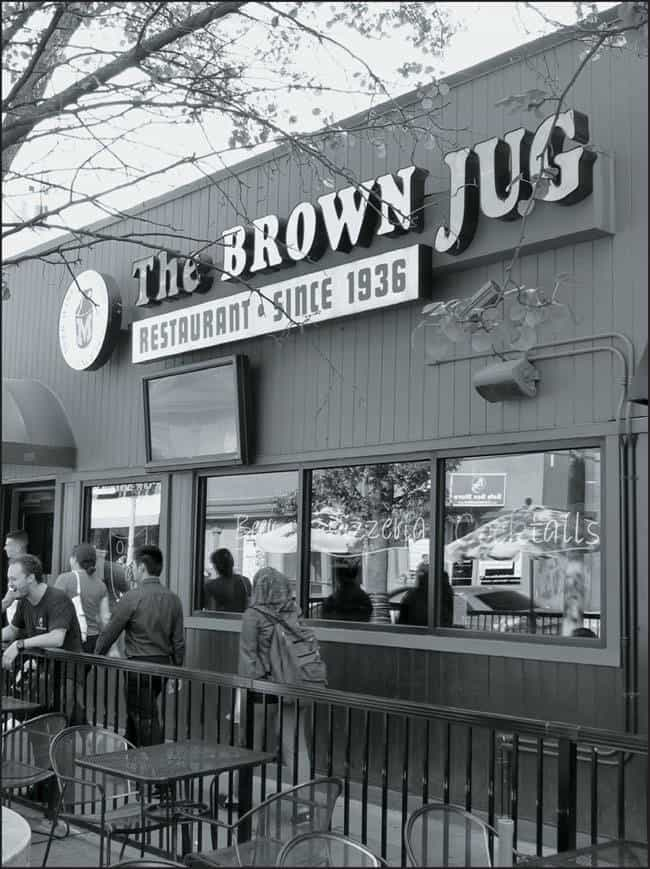
THE
JUG
.
One of the oldest college sports rivalries led to a traveling trophy. And that led to a restaurant. The Brown Jug has been on South University Avenue since 1936. It was named for a jug left behind in Minnesota that Michigan coach Fielding Yost had to win back in the next game between the Wolverines and the Golden Gophers. That was in 1903, and the tradition still continues. So do many of the traditions at the Jug. The huge drink menu reflects that many 21st birthday celebrations are held here. University of Michigan memorabilia lines the walls, to the delight of students, alumni, and fans. Pizza is a favorite, along with food named for some of the former U of M players who chowed down here. Where else can folks get a Charles Woodson stacked ham sandwich? (Both, authors’ collection.)
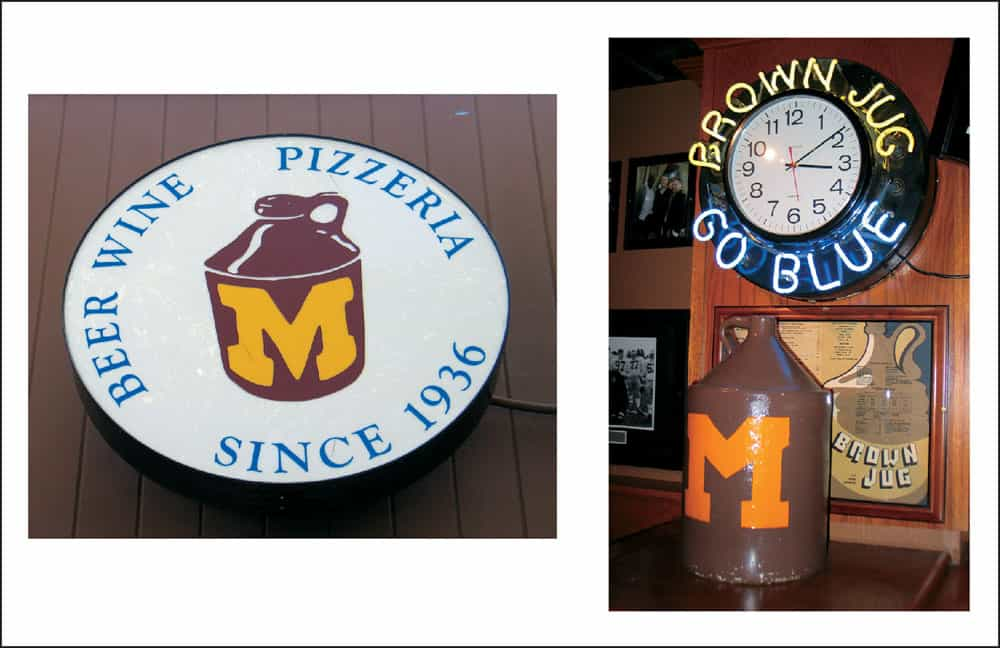
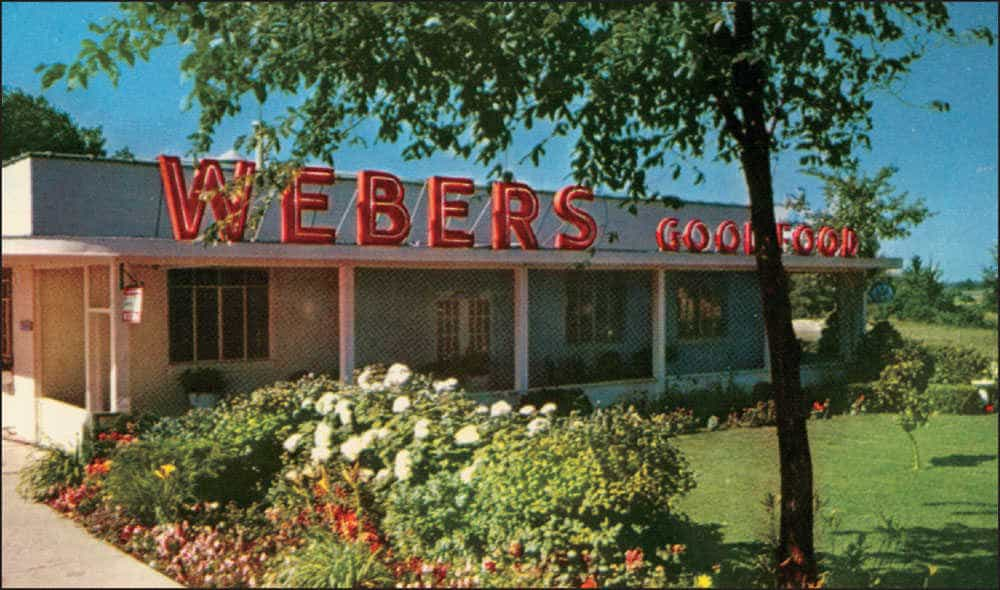
PRIME
SPOT
.
Herman Weber grew up on a farm in nearby Chelsea and later worked as a dishwasher and cook at Metzger’s. Along the way, he must have caught the “restaurant bug” because he opened his own restaurant in 1937, just along Jackson Road in nearby Scio Township. During the postwar years, when America took to the highways with a newfound hunger for the open road, Weber decided to add a series of tourist cabins he called Holiday House. By 1962, he moved Weber’s to its current site just west of Maple Road, and he eventually added a 158-room hotel. Over the years, Weber’s built a reputation for fine food served in an elegant setting and was known for its award-winning prime rib, steaks, and seafood. Today, the prime rib still accounts for nearly 30 percent of the meals served. In 2014, when Herman Weber passed away at the age of 100, he had managed to leave his family and Ann Arbor with one of the finest restaurants around. (Both, authors’ collection.)
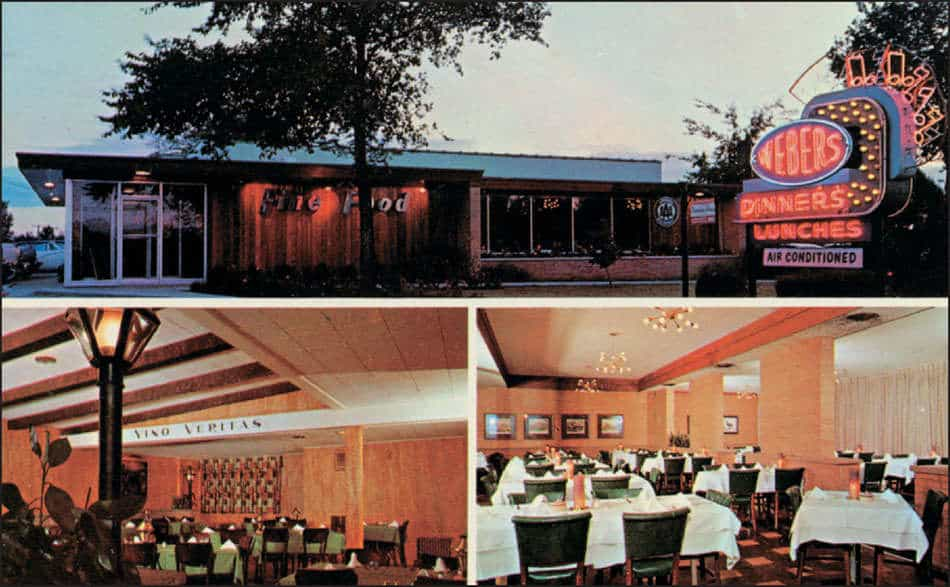
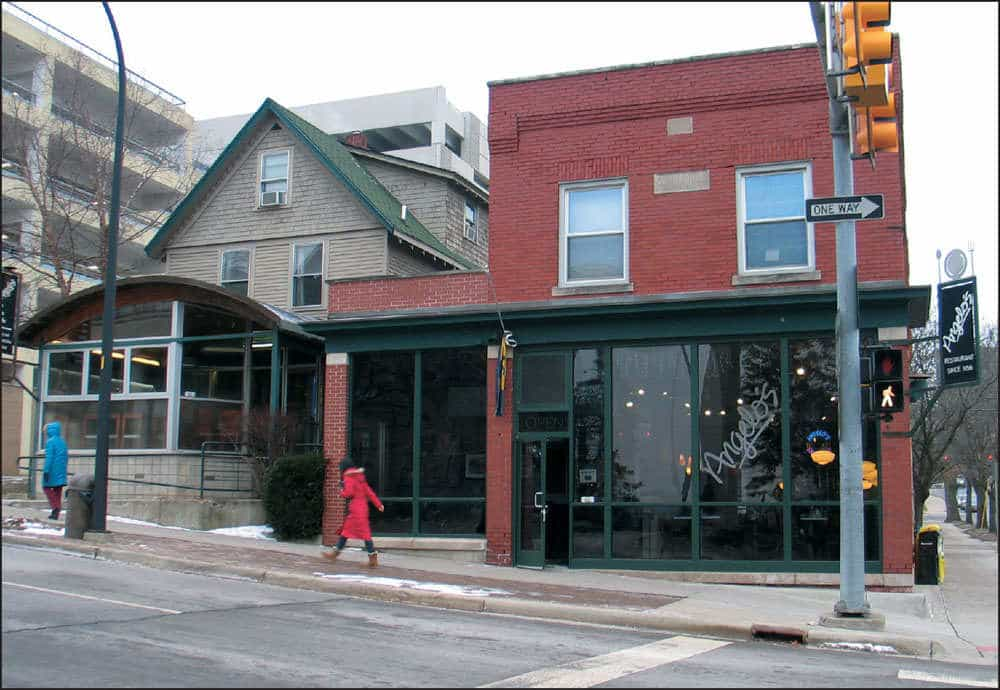
ANGELO
’S
. The story of Angelo’s runs a bit like a movie about the great American dream. In 1951, Angelo Vangelatos (at left) left Greece and sailed for America, settling in Ann Arbor. In the few years that followed, he worked at Curtis’ on South Main Street and married Patricia Verames, and together they scraped and saved enough money to buy his own place. In a “truth is stranger than fiction” moment, the place was already named Angelo’s. In the years that followed, the cozy restaurant on the corner of Catherine and Glen Avenues became a local favorite, and by the 1970s, the family had to hire additional help to accommodate the ever-increasing flow of customers, with lines often running around the building. By the mid-1980s, Angelo’s son Steve and his wife, Jennifer, had taken over the business, and Angelo retired. Sadly, Angelo passed away in 1989. (Above, authors’ collection; left, courtesy of Steve Vangelatos.)
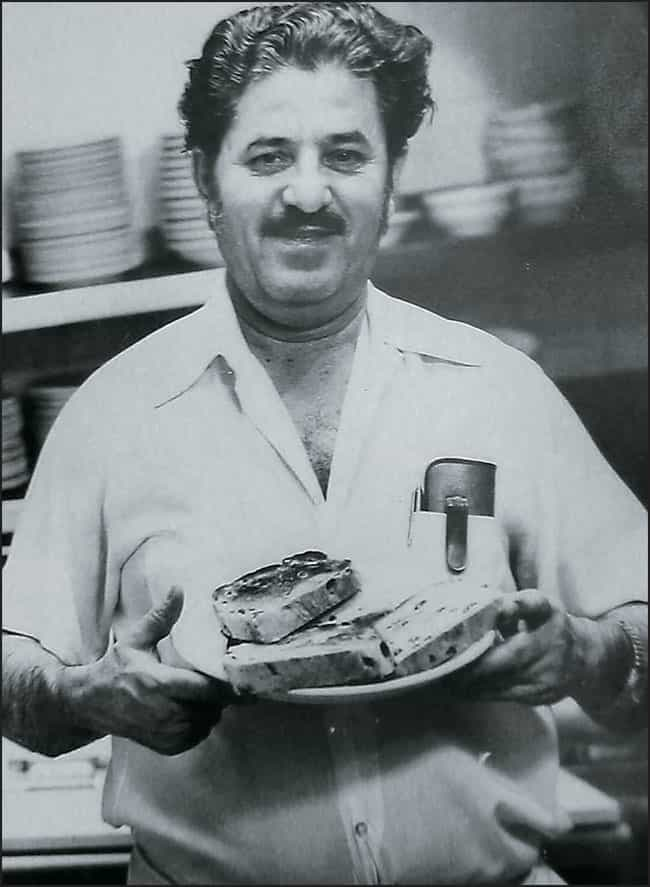
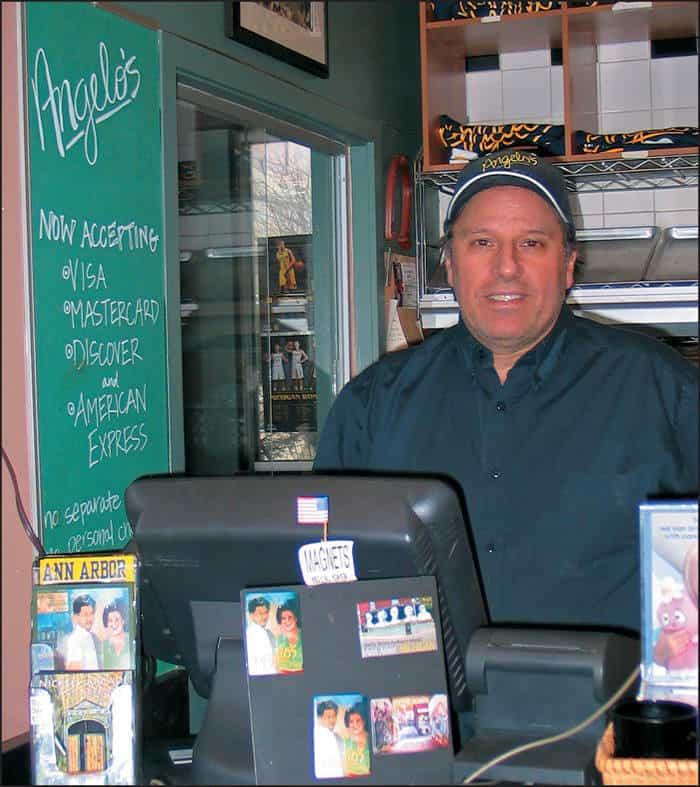
ANGELO
ON THE
SIDE
.
By the 1990s, Steve Vangelatos (right) expanded the business to include Angelo’s On the Side, which serves as a coffeehouse providing Angelo’s carry-out service. Both locations are connected via the in-house bakery, which provides the wonderful home-baked breads and raisin toast that Angelo’s lovers have talked about for years. (Authors’ collection.)
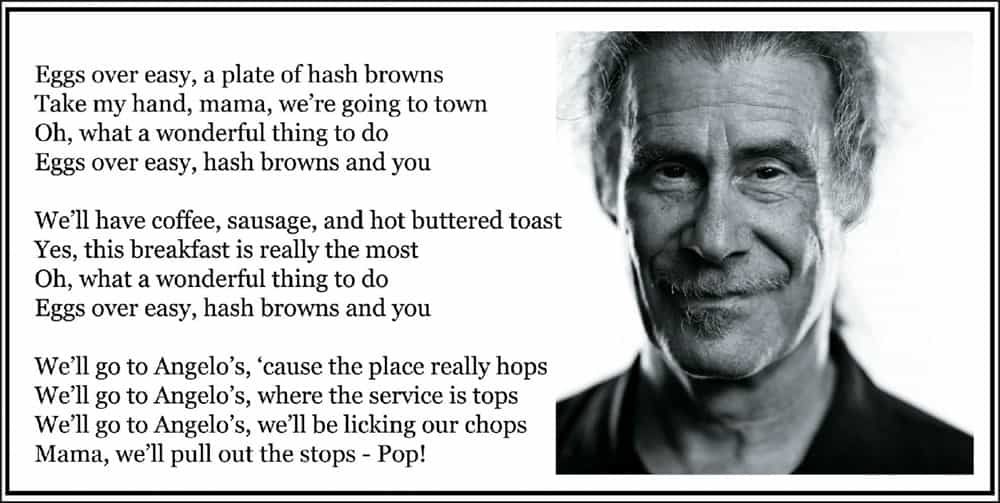
DICK
SIEGEL AND
EGGS
OVER
EASY
.
Singer-songwriter Dick Siegel captured the delight of breakfast at Angelo’s back in 1980 when he penned his homage, “Angelo’s (Eggs Over Easy).” It soon became the official anthem of its namesake and theme song for Pam Rossi’s “Over Easy” program on WCXS, 94.7 FM. No stranger to Ann Arbor’s iconic restaurants, Siegel even rates his own sandwich at Zingerman’s Deli: No. 40, Siegel’s Smoky Number. For more on Dick Siegel, visit dicksiegel.com
. (Courtesy of Dick Siegel.)
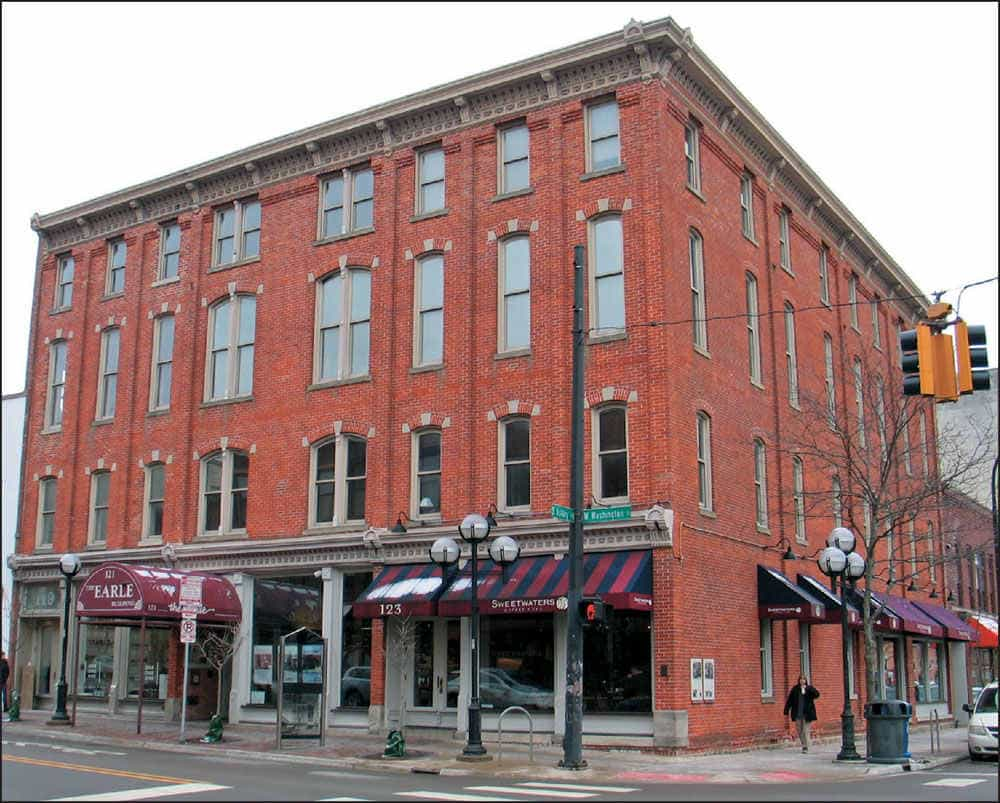
THE
EARLE
.
In 1973, Del Rio owners Ernie Harburg and Rick Burgess decided to fulfil a shared dream and open a music club. Part of their plan involved purchasing and restoring the historic Earle Hotel (originally the Germania Hotel, built in 1885), which had fallen on hard times and faced demolition on several occasions. The process took several years, but when they were done, they had restored an architectural masterpiece and transformed the lower level into the perfect hideaway for live music. They called it the Earle and brought in Dennis Webster and David Rock of the University Cellar Bookstore as partners. Initially, the plan was to feature national acts and offer light dining fare. In the early years, the club hosted the likes of Dexter Gordon, McCoy Tyner, Betty Carter, Sonny Stitt, Ramsey Lewis, Herbie Mann, and the Persuasions. (Both, authors’ collection.)
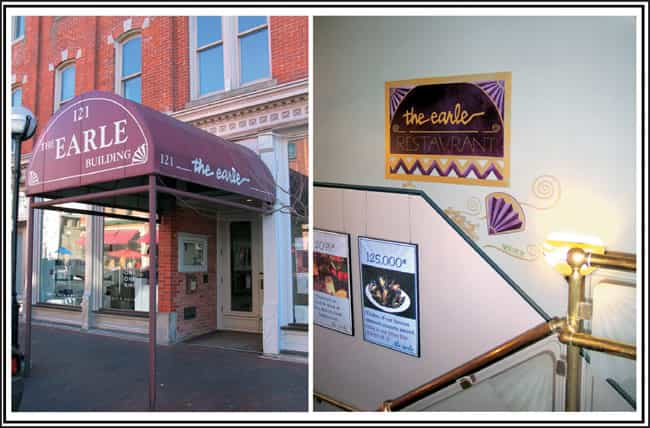

THE
MUSIC
CHANGES
.
By 1979, changes were in order. According to Webster (now the sole owner), “We sometimes found it difficult to sell tickets to national acts during the week. Ramsey would get a sparse crowd, here, but sell out Cobo on the weekend.” But with so much talent around Ann Arbor, the change of direction seemed an obvious choice: keep the music local and focus on restaurant fare. That is when the Earle began transitioning to a full-scale French/Italian restaurant with world-renown chef Shelley Adams at the helm. It also features an award-winning, 1,200 bottle wine list and flavorful dishes like pistou soup, veal scallopini, and roast duck. (Both, authors’ collection.)
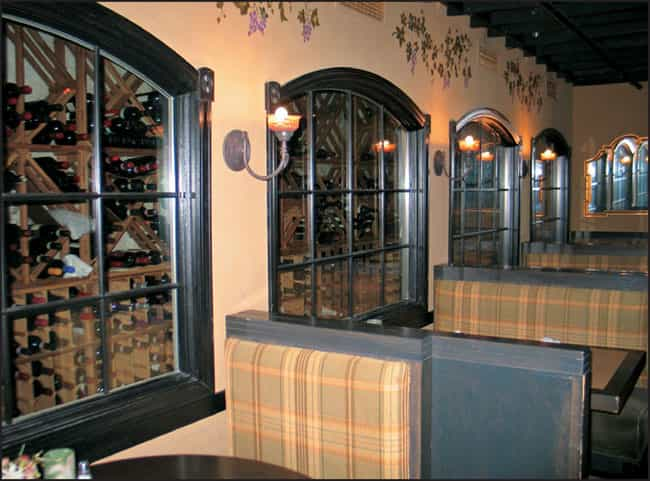
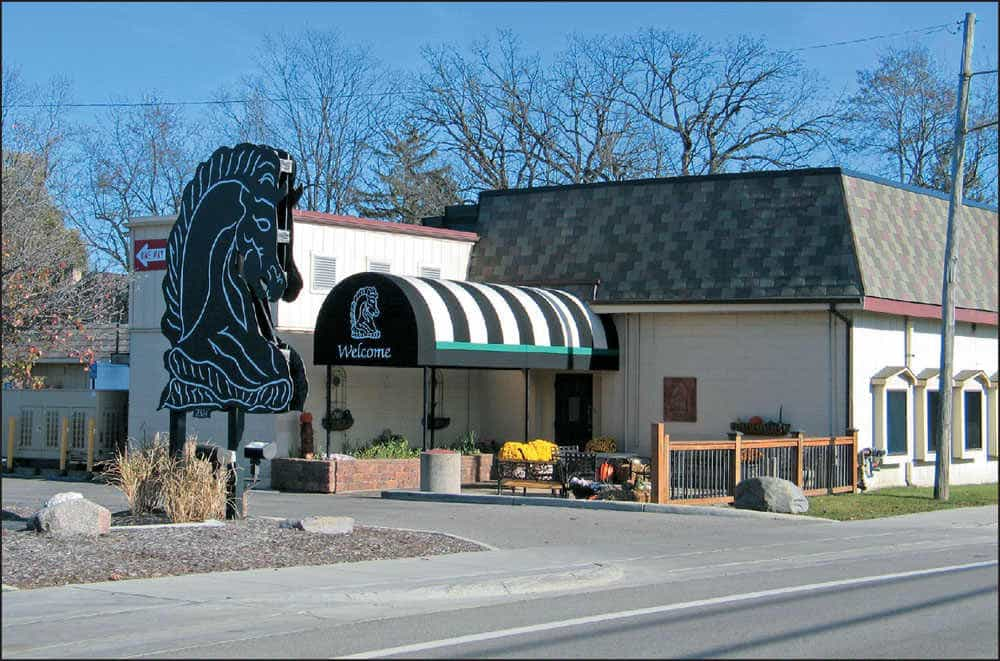
KNIGHT
’S
. Ray Knight grew up in Ann Arbor and worked at the local market. Then, as his son Don summarizes, “He went off to war, came back and bought the store!” So goes the short-form origin of a tasty Ann Arbor success story. It was 1952, and as modern supermarkets began encroaching on small local markets, Ray decided to convert to a meat market and, according to Don, “paid a ‘meat man’ from Swift’s twenty bucks an hour to teach him the business” (a hefty sum for the 1950s). In time, Knight’s meats gained notoriety as the best in town, and today, Knight’s provides meat to more than 25 area restaurants. For many years, Ray and his wife, Mary, ran the family business and raised four children in a house next to the meat market. In 1984, they took their dream a step further and opened Knight’s Steakhouse on Dexter Road. (Both, authors’ collection.)
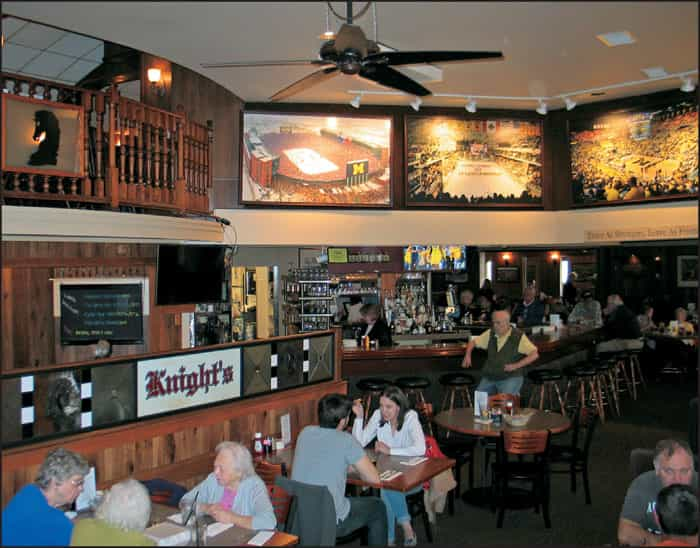
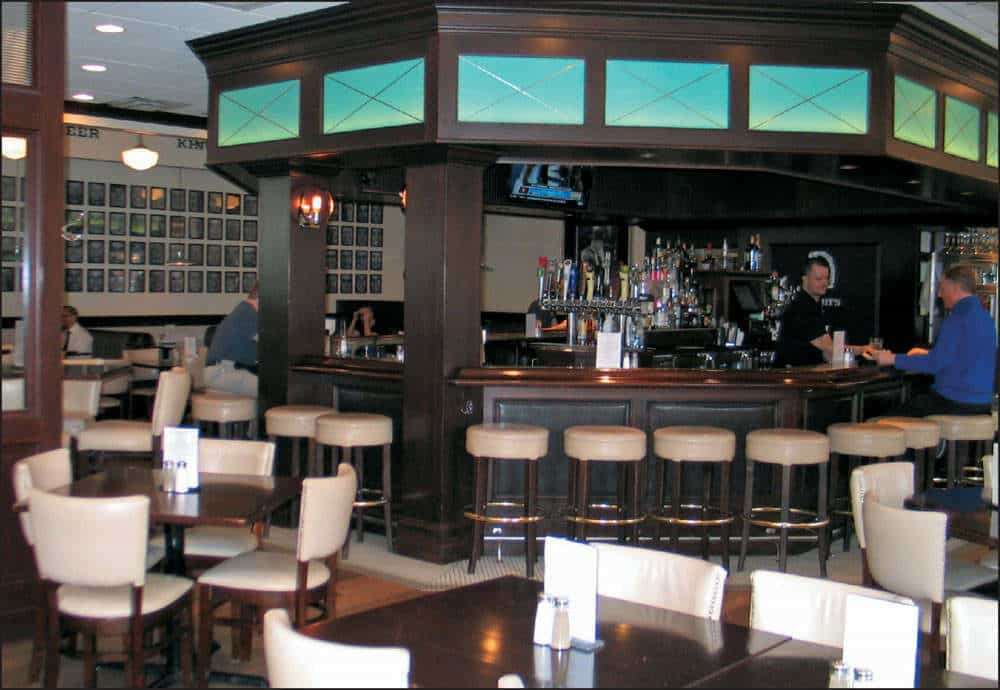
LONG
DAY
’S
JOURNEY INTO
KNIGHT
’S
. As the years progressed, Ray Knight brought his children into the business, and with their help, he opened a second location in Jackson in 2001. By 2010, Ray completed transitioning the business to sons Don, Jeffery, Raymond III, daughter Sherry, and her husband, Vernon Bedolla. Through their continued leadership, the family has continued to expand the legacy, recently opening Knight’s Downtown Steakhouse (above) at Liberty and Maynard Streets and Knight’s Kitchen (Jackson Road), a commercial kitchen that offers cooking classes, handles catering, and creates the prepared meals sold at Knight’s Market. Yet despite all the many food options now available, “some things never change,” says chief operations officer Don Knight. “Our filet is still the most popular cut, followed by Knight’s daily lunch and dinner specials—which are practically a menu within a menu.” There is definitely something at Knight’s for everyone. (Both, authors’ collection.)
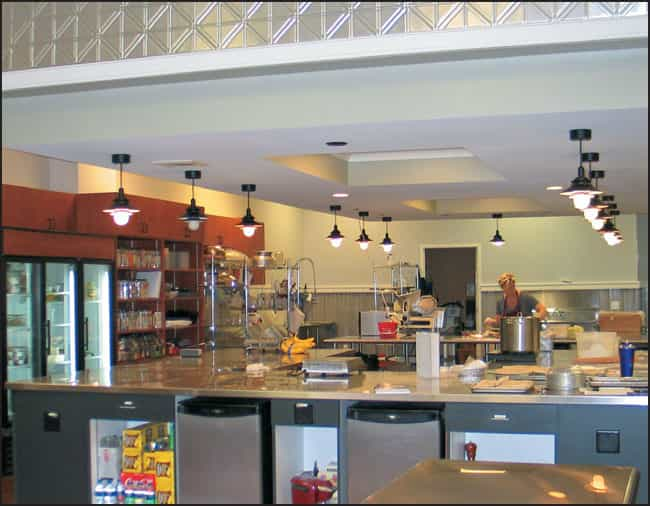
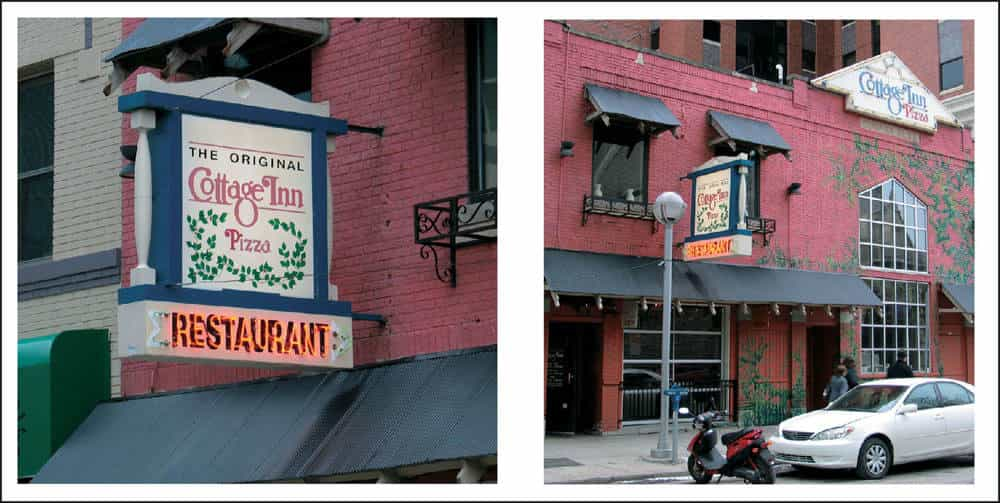
SQUARE
ONE
.
Somebody had to be the first place in town to make pizza, and that was the Original Cottage Inn on William Street, which opened in 1948. Greek immigrant Nicholas Michos bought it in 1961. A kind, generous man who liked funny signs (“Banks don’t make pizza, we don’t cash checks.”), he provided a free community Thanksgiving dinner for over 30 years. It is still familyowned and still makes classic round and square pizzas (try the spicy Mediterranean), pasta, and garlicky cheese bread. (Authors’ collection.)
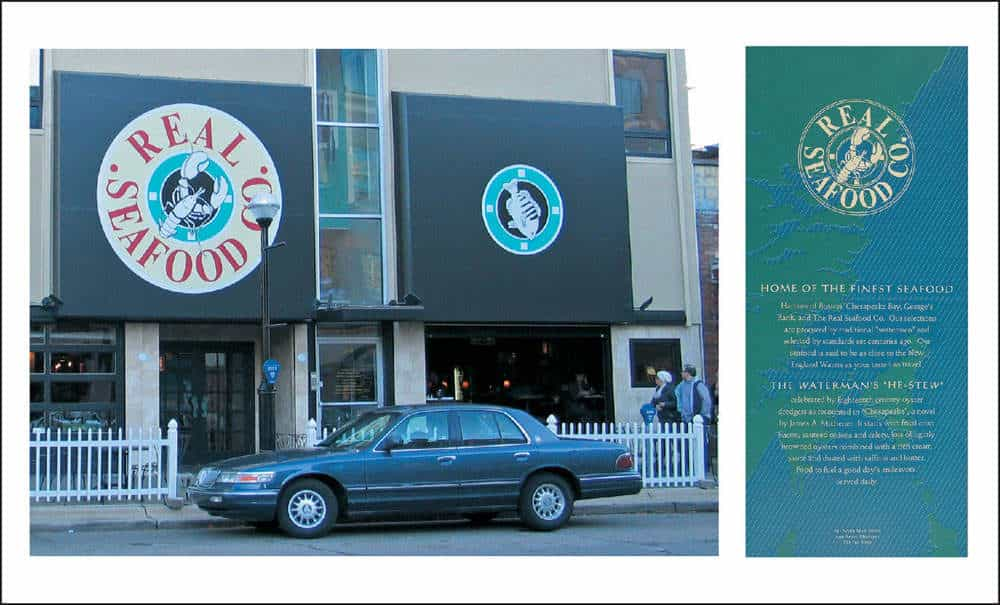
UPSTREAM
.
When Dennis Serras opened Real Seafood Company (RSC) in 1975, downtown was dead. The malls were hopping. But Serras, who had worked for the respected Muer restaurants, wanted a casual downtown version of the Gandy Dancer. With a name riff on Legal Seafood, Dennis opened with super-fresh catches, signature coleslaw, and even a retail seafood store, which later became Monahan’s. Forty-one years later, RSC is still downtown, innovating and renovating. (Above left, authors’ collection; above left, courtesy of the JBLCA.)


















